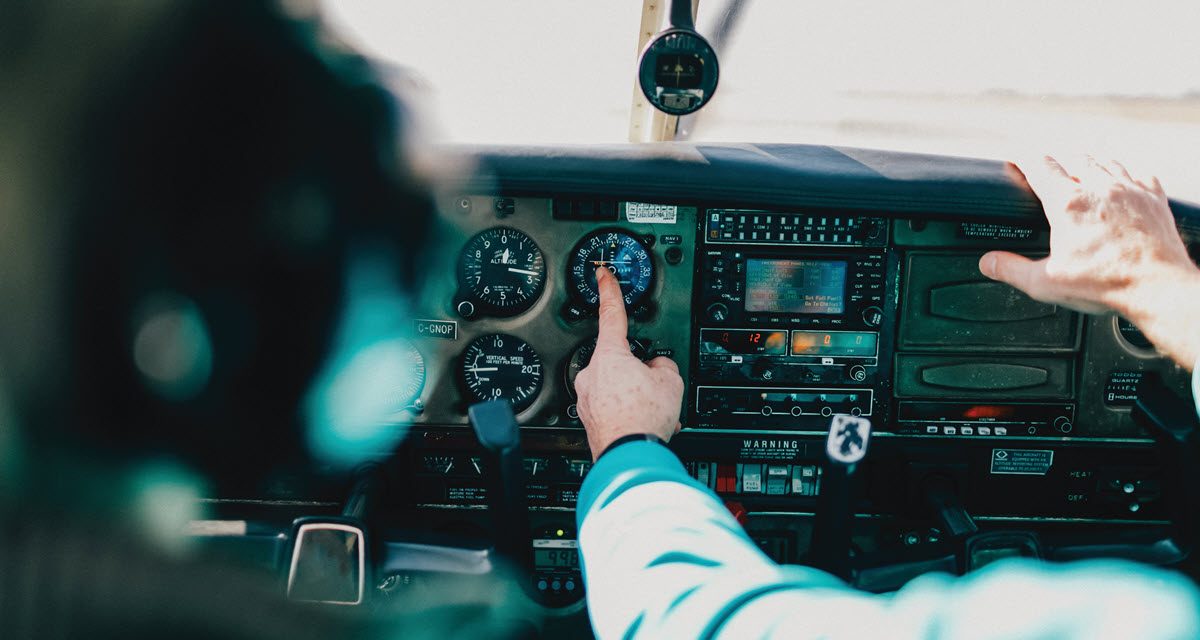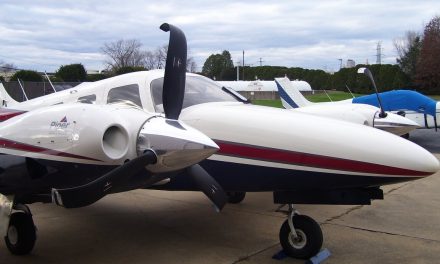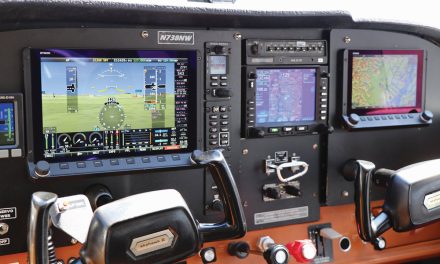A discussion of “partial panel” in the aviation context is typically about a situation created (often in IFR) where, for one reason or another, a pilot loses tools in the panel that are important to the safe completion of the flight. We’ll discuss this here primarily as it relates to being prepared for such situations.
Recently, however, supply chain challenges are contributing to partial panels because of delays in avionics installations. No manufacturer is immune. Larry Anglisano of AVweb wrote a recent article on the supply chain issue that’s worth reading, especially if you hope to start an avionics installation soon. Once you have a good quote in hand and you make that significant deposit to hold your place in the installation queue, what happens when your aircraft is apart and the whole project is being held up by a piece of avionics that is being reported as months out? Your airplane is grounded, sitting on the tarmac because hanger space isn’t available, and you wait.
Avionics In-Flight Failure Causing Partial Panel
I last talked about the partial panel situation about five years ago, so it seems like a good time to revisit the subject. We know that any piece of avionics or instrument can fail at any time. It’s never a pleasant experience when it does, and the deeper you are in weather, the worse the problem. What can make a minor issue a major one is when you’re not equipped and prepared for it. Let’s start with a simple example.
par·tial
[ˈpärSHəl]
ADJECTIVE
1. existing only in part; incomplete: “a question to which we have only partial answers”
synonyms: incomplete · limited · qualified · restricted
Imagine you’re cruising along at night, VFR, with the family in your plane at 5,000 feet. Weather is marginal and you wish you had filed, but you’re only 100 miles from home and things look fine. The autopilot has been solid, the gauges look good, and the panel-mounted GPS is pointing the way.
Suddenly, you hear a pop, smell a little smoke, and everything in your panel goes dark. You may panic a little at first, but you get it together. Your wife, on the other hand, does not like this predicament one bit. What do you do? You evaluate! The engine is still running, so you reach for a flashlight. The batteries are almost dead, but you have spares … somewhere. Your basic instruments — airspeed, RPM, and altimeter — are still working, but the radios and panel lighting aren’t. There are no readings from the gas gauges either, but you know you have plenty of fuel.
While you maintain altitude and compass heading, your wife searches through your flight bag for batteries and the portable GPS. You don’t use the portable much, and the rechargeable battery isn’t fully charged, so you plug it into the cigarette lighter. That’s when you remember that’s no longer an option and you can only hope that there’s enough battery power left to get you home. After fumbling in the dark with your GPS yoke mount, you finally manage to get the portable GPS in front of you. Of course, you haven’t turned it on in months, so it takes a while for it to “find” itself.
By now, you’re 90 miles from home and things are stable. Thankfully, your home base is a small, uncontrolled airport because you have no way to communicate. Ultimately, you hand-fly the final leg and land without incident. The following day, your mechanic reports that you had a failure of the voltage regulator, and he thinks that your radios might be “fried.” However, in those moments when the problem started, the last things on your mind were your ego or what it would cost to fix the problem. Instead, you were genuinely worried about you and your wife’s lives and you realize — after the fact — that you weren’t fully prepared. A total electrical failure isn’t common, so let’s look at situations that are.
Vacuum Pump Failure
Most legacy GA aircraft still have vacuum-powered gyro flight instruments. The Directional Gyro provides redundancy for the compass, is more stable, and is easier to fly behind. It’s not, in my opinion, a critical instrument, so a DG failure, by itself, is of little concern. The HSI (Horizontal Situation Indicator) combines a DG and a Nav CDI (Course Deviation Indicator) and, by nature, it plays a more significant navigation role in night VFR or IFR conditions because you’re losing a nav source — and it’s usually your No. 1, primary nav source. The effect on the artificial horizon is the major concern. Horizons play a very important role in night and IFR conditions and are frequently the sensor for position-based autopilots like many legacy Cessna models.
There’s a trend within GA and the FAA to replace vacuum horizons with more reliable, solid-state units. Five years ago, there were few options, but now you can replace your AI (Attitude Indicator) with solid-state for under $3,000, eliminating the concern of an AI or vacuum pump failure. It’s critical that you know immediately that your horizon is failing in IFR conditions. If you don’t, the failing horizon could take you somewhere you don’t want to go. Another booming trend in GA is using an iPad or other smart tablet in the cockpit. These devices are available with attitude reference and can be a great backup to your aircraft horizon.
Avionics Failures
The rest of this article can be seen only by paid members who are logged in.Have a website login already? Log in and start reading now.
Never created a website login before? Find your Customer Number (it’s on your mailing label) and register here.
JOIN HERE
Still have questions? Contact us here.





